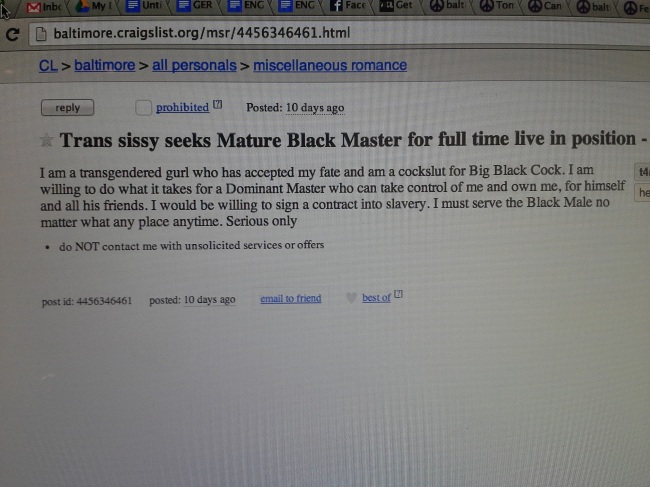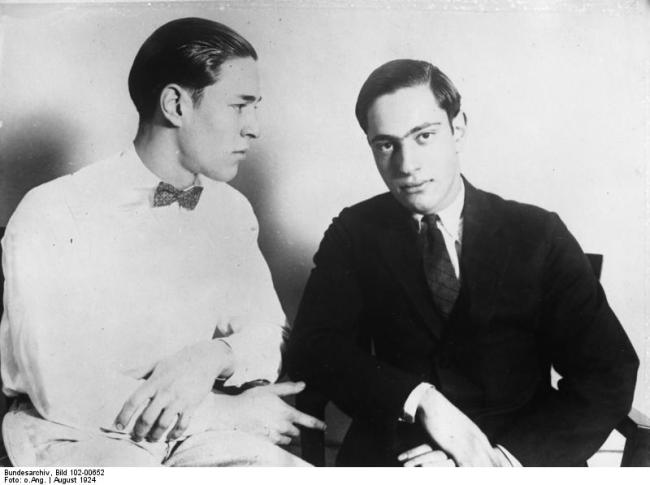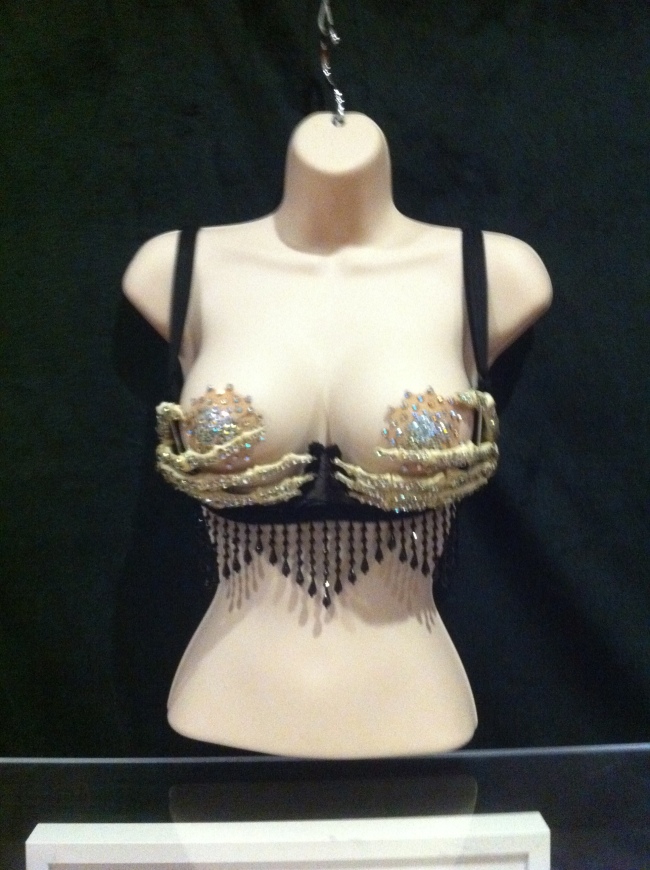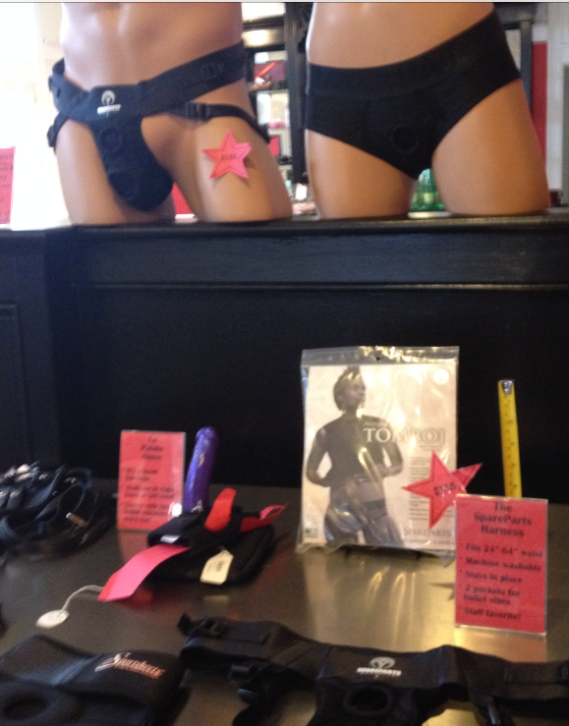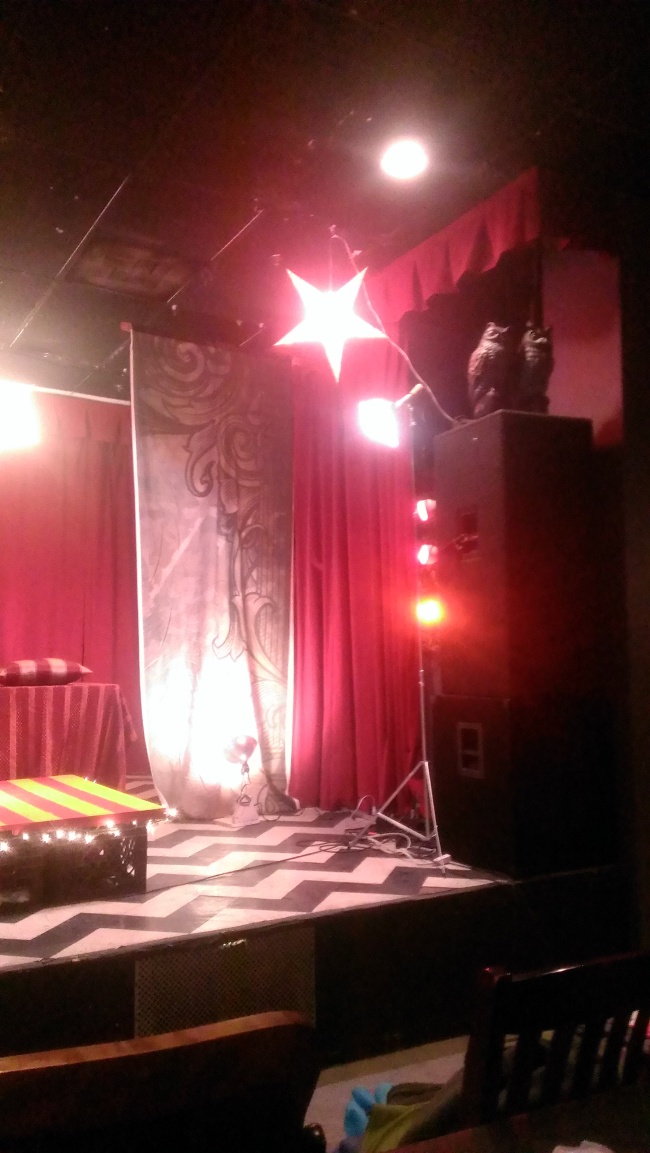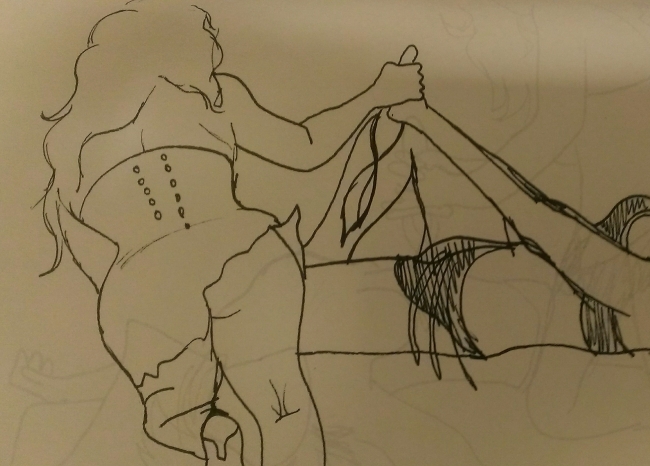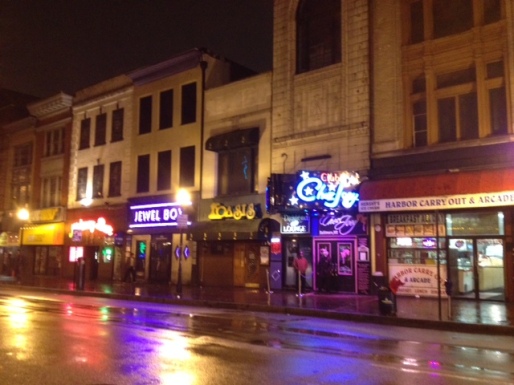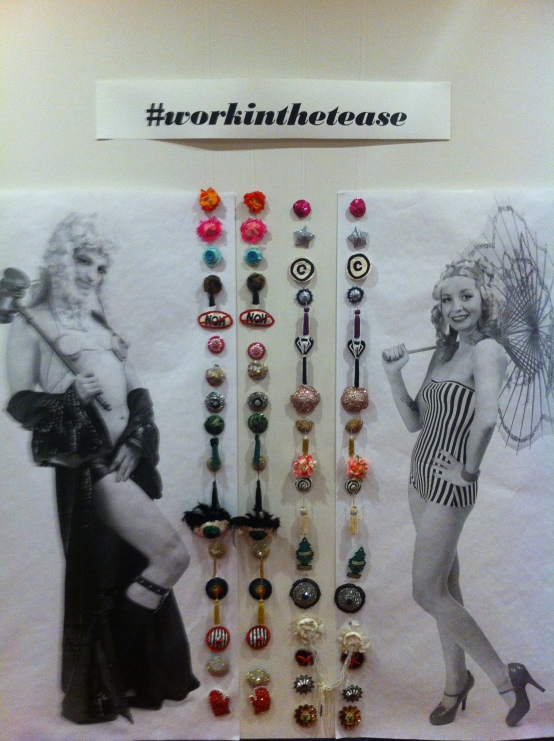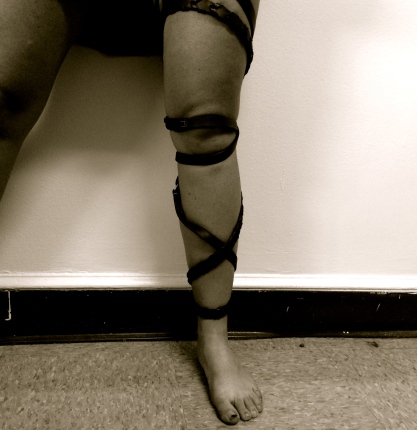
This past Friday, I visited a strip club on The Block in Baltimore. This particular portion of Baltimore Street is known among Baltimore residents as a nighttime (and sometimes, a daytime) hotspot for all things sex, but perhaps most notoriously for its strip clubs. It was just before nine o’clock, but already the streets were laden with sketchy-looking characters, many of whom appeared to be nodding off on the sidewalk, and I had an uneasy feeling about leaving the relative safety of my friend’s car. After talking to a police officer, and inquiring about our personal security, or lack thereof, in the clubs, we (my two friends and I) parked the Honda Fit we had fondly named DeJay after two of our favorite professors, and wandered off into the great unknown.
The great unknown, as it turned out, was not so unknown. As we entered the club, after being asked if we were looking for a job (because what else would three 21-year-old girls be doing at a strip club?), a woman called out my friend’s name. My friend glimpsed in her direction, and didn’t recognize the woman, so we continued walking. The woman persisted, and followed us to our seats, identifying herself as Charlotte.* It finally clicked for my friend: she had worked with this woman in a prison rehabilitation program during her freshman year of college. The most striking aspect of this interaction, for me, was the fact that my friend did not recognize Charlotte whatsoever, until Charlotte gave a description of their history. This short period of communication, along with other behavior I witnessed from many of the girls that night, points to a much deeper and insidious aspect of the prostitution industry, specifically with regard to stripping.
CHOICE AND DRUG USE AMONG STRIPPERS AND PROSTITUTES
Though the book we are finishing in class, Selling Sex Overseas, does not really discuss drug use among sex workers, it was abundantly clear during my night at this club that drugs were a central aspect of the scene there, and I have a hard time believing that this wasn’t the case at other clubs on the same block, and probably many others in America (although I can’t say that for certain). The first evidence we saw of this was the mere fact that my friend did not recognize Charlotte, someone she had met only a few years earlier, and had spent a fair amount of time with. When Charlotte walked away to go to one of the VIP rooms with a customer, my friend expressed how shocked she was at Charlotte’s appearance: her eyes looked sunken, her nose appeared to be on the verge of collapsing, and she looked about forty years old—fifteen years older than she actually is. And this changed occurred over the course of two and a half years. When I saw Charlotte initially, I knew she did not look like a healthy person, but I would never in my wildest dreams have guessed her true age given her appearance. I will admit that our first interaction with Charlotte shocked me a bit, and probably influenced the way I experienced the rest of my time there—the experience suddenly became personal (well, by one degree of separation).
Over the course of the rest of the night, I saw two different bartenders (both women) take pills that I knew, based on their subsequent behavior, were not ibuprofen. I also started taking a closer look at the other girls’ behavior—when they were sitting around and chatting with one another, when they were with a man, and when it was their turn on the stage. It was clear that most of them were, at the very least, pretty intoxicated, and at the worst, under the influence of more extreme substances. Perhaps the most revealing moment of the night came when we talked with Charlotte a short time later, and my friend asked her what had happened to her since her successful completion of the rehab program—in short, why she had fallen back on old habits, when things had seemed so promising for her and her then-four-year-old daughter. Her response was: “The only way I can do this job is if I’m f—ed up.” And this job clearly makes her more money than any other could with her G.E.D. and lack of a college education.
It was almost as if this was scripted so that I could make a connection with our classwork—I immediately thought of the concept bounded rationality, which Chin and Finckenauer use in their book Selling Sex Overseas (2012). As Chin and Finckenauer explain, this concept in general refers to people’s tendency to “make what may appear to them to be the best decision or choice given their circumstances at the time. Consequently, their decision making is bounded—constrained or restricted—by their social, physical, and situational contexts, and their perceptions of those contexts…” (63). The authors use this theory to explain why Chinese women who come from economic difficulty and other socially limiting circumstances choose to become prostitutes: it is the occupation that they believe will be the most lucrative given their degree of education and current situation. There is a clear tie to be made with regard to prostitutes and strippers in the United States, particularly those I came across on Friday: the women have low levels of education, and know they will make much more money stripping or being prostitutes than they would at any of the blue-collar jobs they believe they are destined for.
Though Chin and Finckenauer do not discuss the role of drugs, they are a clear mediator in the scene that I witnessed on Friday, and Charlotte summed it up perfectly: she has to be in some kind of alternative state to perform the way she does, and therefore to make money. However, what started for her, and many other women, as a lucrative nighttime escapade, has turned into something that she uses solely to fuel her habit. My friend remembered that many of the girls in the rehab program were also strippers, and said they did not start doing it to support their drug habits—they simply wanted to make money to support themselves. But drugs seem inextricably linked to stripping and prostitution in the scene that these women began stripping in, and now they have little chance of escape.
MALE-CENTERED NATURE OF THE CLUB
Upon entering the club, it immediately became clear that the clientele were almost exclusively men. First, there were only male customers inside, either sitting and watching the “show,” talking with a woman, or doing much more than talking with a woman. Throughout the night, we saw men we hadn’t previously seen emerge from the V.I.P area, so it was clear that there were more customers than we had originally thought. Second, there were three flat screen t.v.’s in the club, and each was showing a different sport. If that doesn’t scream male-centered, I don’t know what does. Third—and I mentioned this above—when we were about to enter the club, a man asked us if we were “looking for a job.” We tried to dress as modestly as possible, specifically so that we wouldn’t be targeted, but our best efforts had clearly failed—being a younger woman, no matter what outfit you have on, automatically labels you as a potential employee in this scene.
It was also undeniable that the club catered not only to men in general, but to men who embodied a hegemonic form of masculinity. For instance, it was assumed that all men (or at least, most men) would appreciate sports being played on the television. Newsflash: not all men like to watch sports. The music being played was clearly demeaning to women—lyrics like “girl, shake that a- – for me” were in nearly every song. And to be sure, “girl” was definitely “shaking that a- -”; the women knew very well how to appeal to these men, and what their expectations were. It was clearly the men who defined the acceptable boundaries for every behavior, particularly when they were alone with one of the women. There were decals on the wall that depicted the outline of a highly sexualized female body, where the most prominent (and actually, the only truly visible) features were her breasts and buttocks.
I saw more men than I expected simply sitting and talking, and, from what it looked like, just cuddling with girls. I was surprised when I saw that, and was almost angry at myself, because for about two seconds I almost felt bad for the men—maybe they felt inadequate or underappreciated in other parts of their lives, so they turned to strip clubs and prostitutes to fill the void. I had spent the night seething with hatred for the men I saw in the club, but for that brief moment, I wondered if they maybe just wanted to feel close to someone—maybe they were seeking intimacy that they lacked in their lives. In writing this, I thought of Newmahr’s concept of intimacy in her book Playing on the Edge: Sadomasochism, Risk, and Intimacy (2011). Newmahr explains that we normally conceptualize intimacy as something with positive connotations, something that cannot occur without consent. But, she posits, we only focus on the appreciation of intimacy, and do not acknowledge that it can occur even if it is one-sided—for instance, as awful as it sounds, there is still a degree of intimacy in rape (178). Even though the intimacy in the case of rape is unwanted, it is still present. Intimacy equals access, and access is present in many forms of contact. This can be connected to my hypothesis about men seeking some form of acceptance that they don’t gain elsewhere: even if the women do not experience the same level of appreciation that the men do, intimacy is still woven into the experience, and the man experiences it to whatever degree he allows himself. He has gained access, and thus he has experienced a certain degree of intimacy.
CONCLUSION
These two topics encompass the main, and what I perceived to be the most important, themes that I saw present at the strip club I went to. From my time there, it was evident, as stated above, that men who embody hegemonic masculinity are the driving force behind expressions of sex—they are the ones who define it. In addition, it is clear that many of the women have chosen this occupation because they feel they have no other choice, and know they will make more money as strippers and/or prostitutes than they would at any other job within their reach. However, this one strip club by no means represents them all, and I do not intend the information in this blog to be extended to every strip club in Baltimore, or in America.
*This name has been changed to preserve anonymity
-Moriah Patashnik
WORKS CITED:
Newmahr, Staci. 2011. Playing on the Edge: Sadomasochism, Risk, and
Intimacy. Bloomington, IN: Indiana University Press.
Chin, Ko-Lin, and James O. Finckenauer. 2012. Selling Sex Overseas:
Chinese Women and the Realities of Prostitution and Global Sex Trafficking.
New York, NY: New York University Press.

